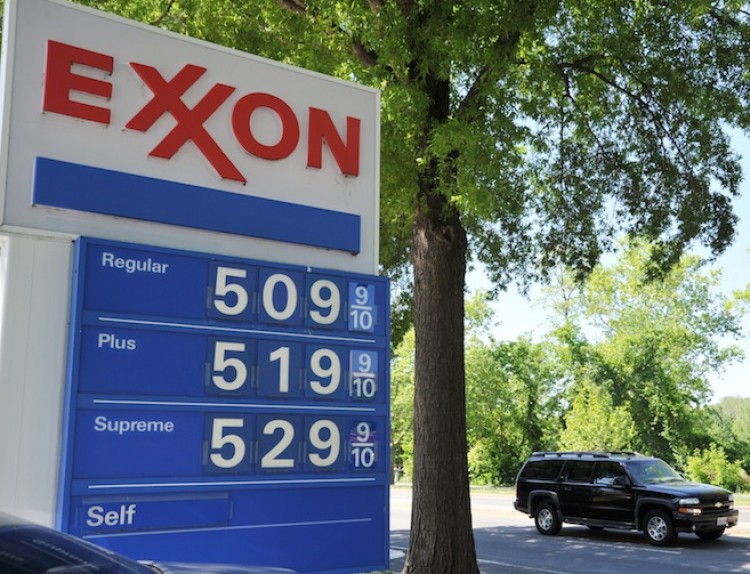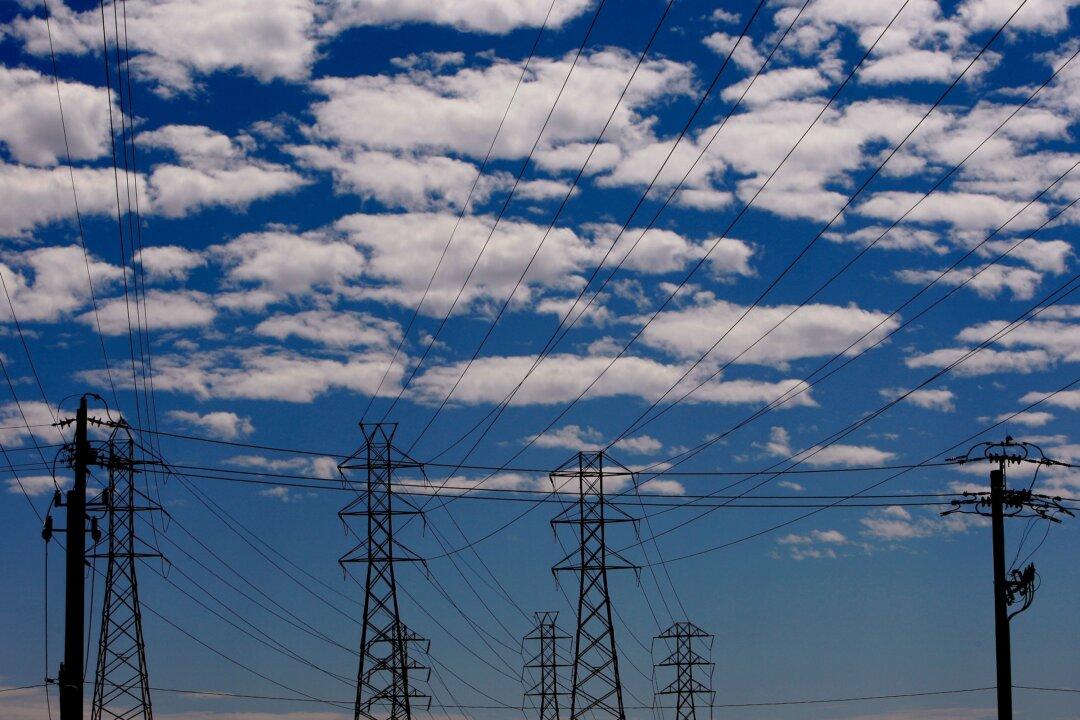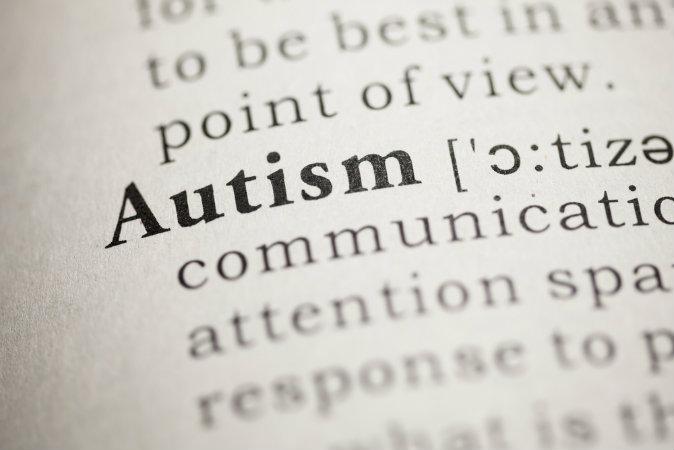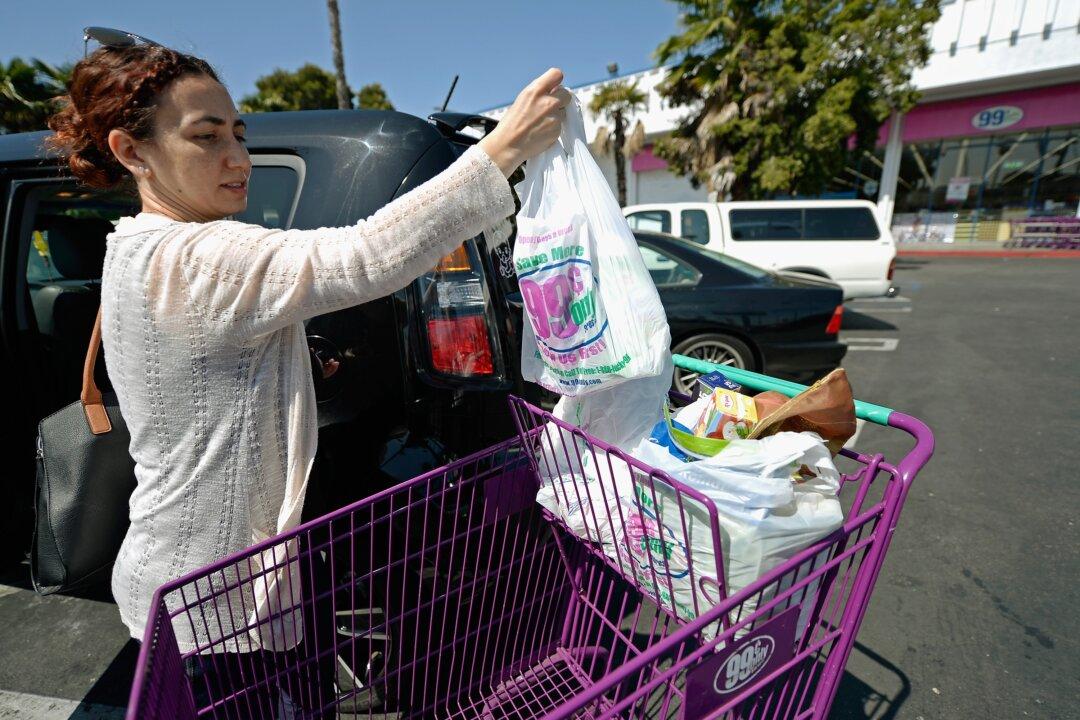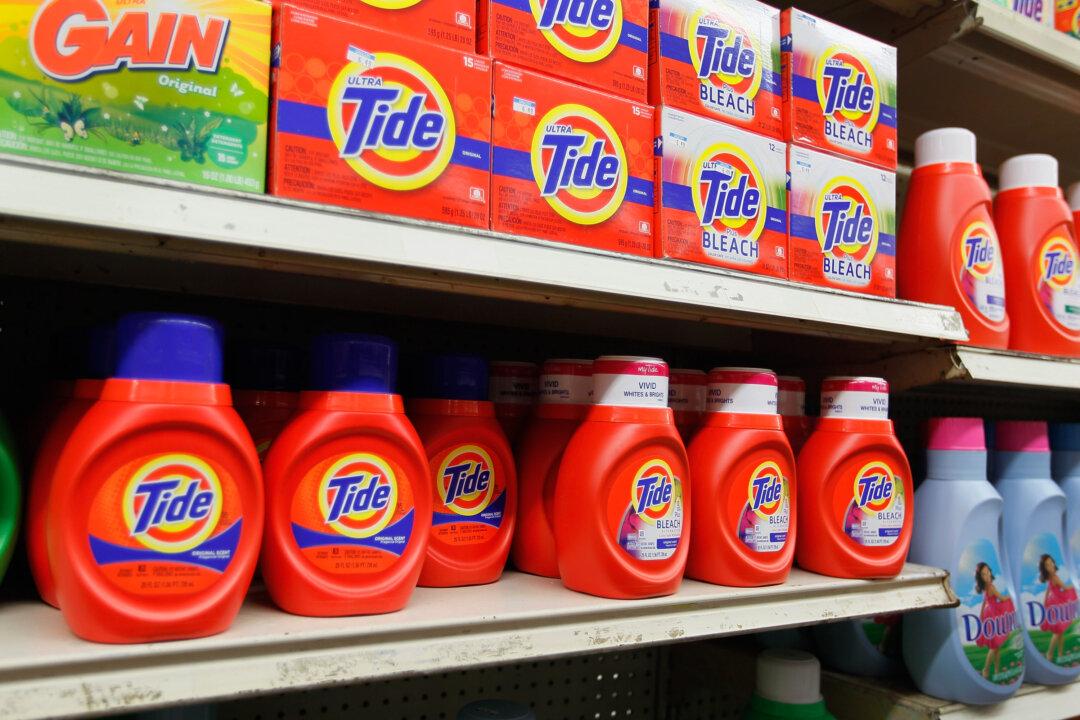Feds Say ExxonMobil Must Improve Pipeline
After the recent oil spill into the Yellowstone River, the U.S. Department of Transportation’s Pipeline and Hazardous Materials Safety Administration (PHMSA) issued a Corrective Action Order to ExxonMobil Pipeline Company on July 5.

An Exxon station in Washington, DC on May 5. ExxonMobil has been issued a Corrective Action Order over the recent oil spill into the Yellowstone River on July 5. Karen Bleier/AFP/Getty Images
|Updated:

